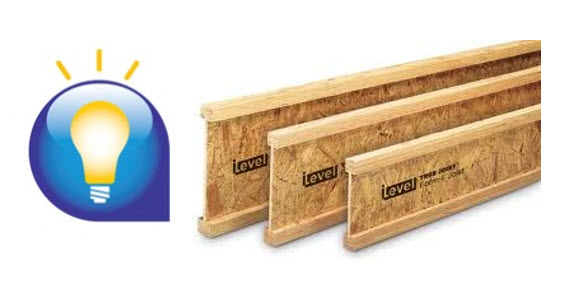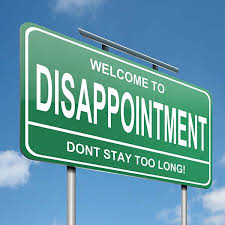Turning Data Into Insights.
I’m a big data guy. Especially today when so many are treating data and science like the plaque. “My data trumps your data. My statistics are better than yours.” But data feeds objectives. And though objectives are the metrics by which we measure success in business, they are really paint by numbers sans strategy. And a chaotic paint by numbers at that.
It’s okay to judge marketing activity using data reports. Drink cases sold. Percentage of beds filled at the hotel. Readmissions to the hospital for the same diagnosis. But without written, codified and adhered to strategies, what are you really measuring? And how can you monitor and affect change.
What’s The Idea? is in the strategy business. Make no mistake. This branding practice is not in the tactics business. Not until the master brand strategy is developed and approved. I will not create a marketing plan without a brand strategy to drive it. Brand strategy is the driver of marketing. Without a driver, a car is on autopilot. Without a driver a car is a machine. Without a driver a brand is a random tactics generator.
Insights are the fulcrum of data. Properly packaged and culled, insights are the fastest way to successful data.
Peace.









